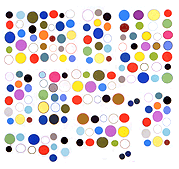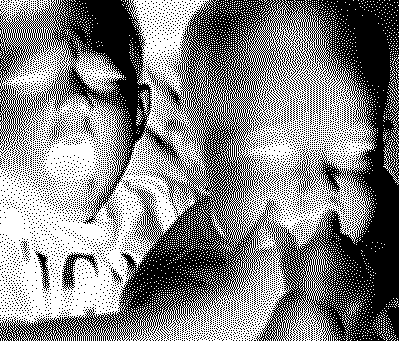Financial blogger Barry Ritholtz:
Given all of the information that has leaked out about private info on Facebook well, leaking out, I decided to get aggressive with the settings:
I removed all applications that accessed my data;
I turned almost every privacy setting to maximum;
I deleted nearly all page, group, game, and application requests
This was overdue. Maybe I am being paranoid, but Facebook is starting to get a bit creepy . . .
This inspired some comments, mostly from people bugged by Facebook ("Facebook is STARTING to get a bit creepy?").This comment from "spridgets" is unfortunate if it's typical:
As much as I agree with you that the privacy fails are a problem, I’ve found that Facebook is become much like a RSS feed, and there are several media outlets and bloggers that post their updates there, without which I would be checking their sites far less often.
I shouldn't care about someone who uses "fail" as a noun but suspect spridgets is the typical lazy person who trusts ZuckerBorg to aggregate his/her news and won't go looking for it outside of that comforting gated news community. This is why a good, independent (non-Apple, non-Facebook) newsreader would be nice to have. Bloglines appears to be continuing but no idea what will happen to it when the new owner, MerchantCircle, takes over from Ask.com. The word Merchant in the name suggests that Bloglines will soon be trying to sell me stuff.



